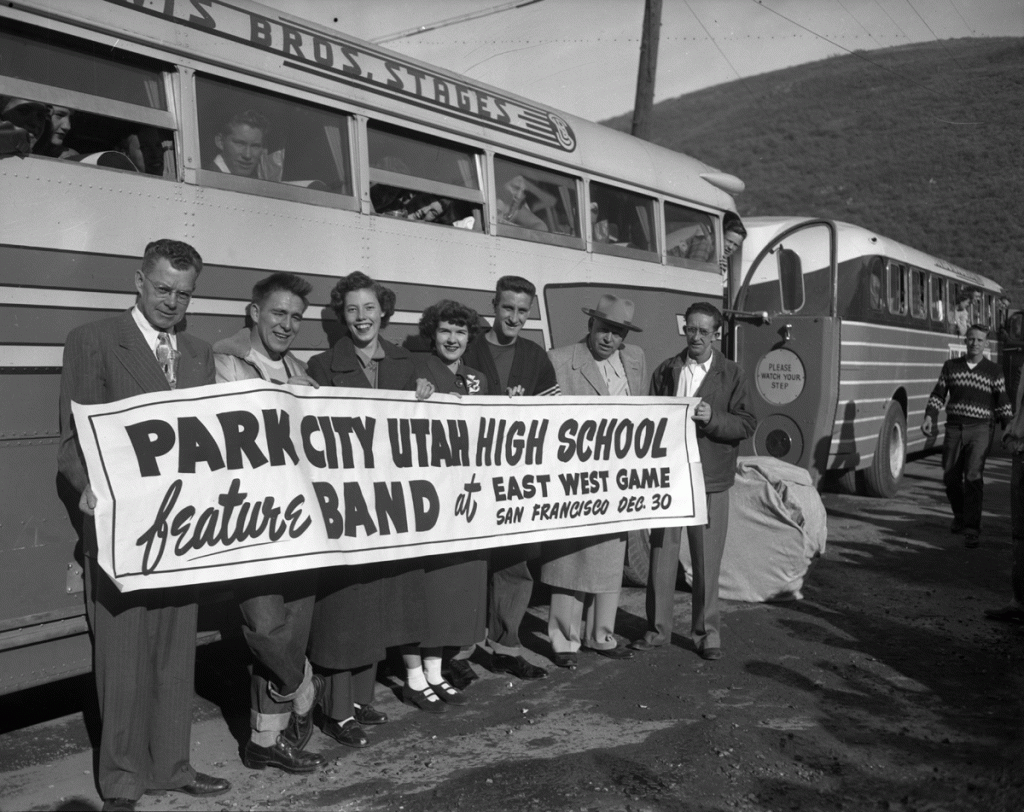George Takei, of Star Trek and social media fame, has increased public awareness of the internment of over 100,000 Japanese-Americans during World War II; he and his family were interned at camps in Oklahoma and California. Other internment camps were located in Topaz, Utah, as well as in Arizona, Colorado, Idaho, and Wyoming.
What most Parkites are not aware of is that the Park City area housed a war-time Japanese-American community. This temporary settlement–located in the town of Keetley, the remains of which lie beneath the Jordanelle Reservoir–was not an internment camp but a farm established by families who “voluntarily” left California when they were told they were no longer welcome.
Following the bombing of Pearl Harbor by the Japanese in December 1941, Americans were concerned that an attack on the Pacific Coast of the mainland U.S. was imminent. Because of their heritage, Japanese-Americans, even as far as fourth generation American-born, were suspected of being sympathetic to Japan. Thus, starting in February 1942, the military was authorized to exclude people with “enemy” ancestry (not only Japanese but also German and Italian) from certain geographic areas of the country, including much of Washington, Oregon, California and Arizona. For a brief time, Japanese-Americans were allowed to relocate themselves outside the exclusion zone; then, on March 27, the military told them that they could no longer leave and they were forced to report to relocation centers, where they had to live until the end of the war. Sadly, racism and opportunism won the day.

Credit: Park City Historical Society & Museum, Kendall Webb Collection
During that short period in February and March 1942, a group of 100+ Japanese-Americans from Oakland, San Francisco and San Jose sought land in Utah to establish a farming community. They were considering Duchesne County but felt it was too remote. George Fisher, a large landholder and mayor of Keetley, offered part of his land for lease by the group. With approval from the state, Fisher and the group negotiated a lease of $7500 annually for 3800 acres.
The new community initially faced opposition. Park City mayor Earle Reseigh and city council wrote a letter to Governor Maw expressing their concerns and asking him to prevent the Japanese move to Keetley. Similar concerns were raised by Heber residents and officials. However, the state did not prevent it and members of the new community gradually arrived during the first two weeks of April. They paid their own way and shipped their own farming equipment. Immediately, the families started tilling the land for farming.
Soon after their arrival, there were some locals who demonstrated their anger and prejudice by throwing sticks of dynamite at some buildings in the settlement; fortunately, there were no injuries. However, within a short time, it appears that most locals accepted or at least tolerated the new community and there were no more incidents like this again.
Please join us here again next week for the conclusion of this article.
The Park City Historical Society & Museum is celebrating 30 years of preserving, protecting, and promoting Park City’s history and heritage.